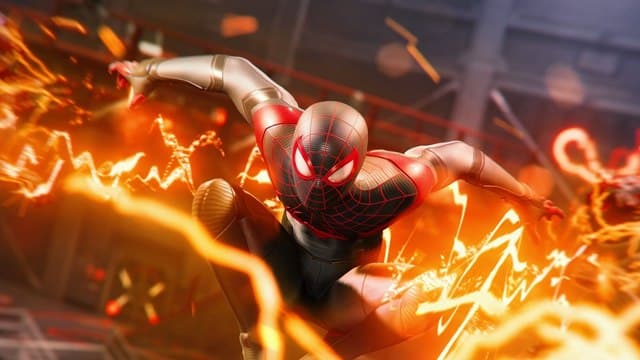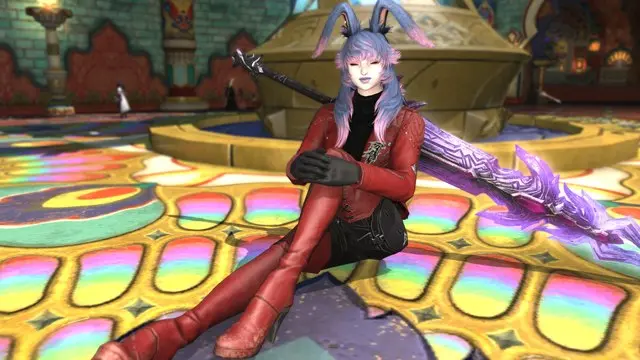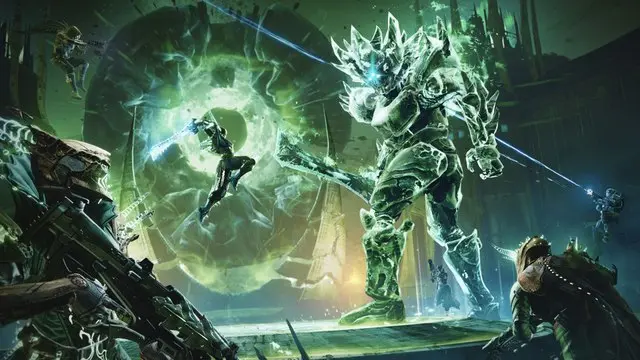The Witch and the Hundred Knight: Revival Edition is a mixed bag of a port for the PlayStation 4. The original game, without “Revival Edition” on the end, came to the PlayStation 3 with relatively little fanfare back in 2014. It’s an action role-playing game that leans heavily on the action with a side of dark comedy to go with it. Sometimes everything meshes together, making a disparate whole… Other times? Given the hours I spent with the new version, it’ll likely continue to lurk in obscurity, which is an (understandable) shame.
Combat in the game is pure top-down action RPG action – smacking several different kinds of critters until they die. The various creeps that populate the world can have alternating weaknesses, like against blunt weapons such as hammers, and any given area has a limited number of different permutations when it comes to number of monsters. One area might have both a jellyfish-like creature that uses shocking magic as well as a little bug-looking monster that runs and jumps at the player. The trick is understanding the cycle of combat each presents and exploiting those weaknesses.
The same holds true for the bosses at the end of levels. The big difference is that these get guard gauges that directly indicate when they are more open to attacks. An early boss in the form of a caterpillar rolls around a whole bunch, for example, speeding up during the animation. But it’s weak when it’s not doing that. They can be interesting challenges compared to the regular enemies, but mostly it’s just more of the same with better backgrounds and motivation.
The problem is that the combat is straightforward until it suddenly is not. For the most part, mashing attack and dash with an occasional jump is good enough. But, suddenly, those weaknesses and strengths come into play and what had been simple enough is beyond difficult. Early on, there are a couple of golem-like creatures that the player needs to defeat to open doors, but all attacks save for my single hammer did basically nothing to them. If I hadn’t put a hammer in my rotation, I don’t know if I’d have ever made it past the section.

This is the systemic issue with Witch and the Hundred Knight: Revival Edition, and one I’d wager was a problem with the original game before it was ported to the PlayStation 4. Every aspect of the game seems to have at least one, and at times two, different sets of complex, underlying systems. The problem is not so much that they exist as that they are only marginally useful, and therefore meaningless in the big picture.
For example, every single weapon has a number associated with it that improves attack speed if they’re in ascending order. Sets can have five weapons in them, and doing this in that order means the Hundred Knight attacks a little faster. He also has a stomach, where found items are stored, that can be expanded. Various Facets give the Knight different abilities, raiding houses can net items, weapons can be upgraded a certain number of times, and so on.
It just feels so cluttered. There’s so much to do, but none of it feels important. And this is on Normal difficulty, with what I imagine to be an even easier time in the other game mode, Casual. Packing a game like this full of options and having them feel like a chore to understand let alone use is not a good sign.
The plot, like nearly everything in Witch and the Hundred Knight: Revival Edition, is complicated to the point of almost being impenetrable. Metallia, the witch, summons the Hundred Knight to do her bidding and help end an ongoing feud. A cast of secondary characters are added as time goes on, most of which are memorable and interesting, but the longer the game goes, the harder it is to keep track of the thread.
Metallia wants to spread poisonous swamps, well, everywhere. As her trusty familiar of sorts, the Hundred Knight is tasked with smacking pillars across several maps until they “bloom” and drop, er, swamp. I know those words don’t normally go together in that order, but that’s what happens: the pillars bloom and then swamp appears.
The game often toes the line between dark humor and uncomfortable allusions. I am by no means squeamish, or particularly sensitive, but an early chapter concludes with a rival witch getting turned into a mouse. This by itself is fairly innocuous, but then Metallia summons three male mice to chase her because she wants to get the mouse pregnant as even further punishment and the implications are disturbing. It’s all pretty weird.
Sometimes weird can be good! There’s a lot going on as the game goes on. For anyone that can keep up with all the zany characters, there’s some intriguing twists and turns -like the whole plot with the young woman cursed to look kind of, but not entirely, like a dog – but it’ll take a lot of compromising to even get that far.
On a console drowning in good games, it’s hard to justify spending the time required to get to that point with The Witch and the Hundred Knight: Revival Edition. Sure, there’s gold buried in there somewhere, but it’ll take an awful lot of digging to get at.


